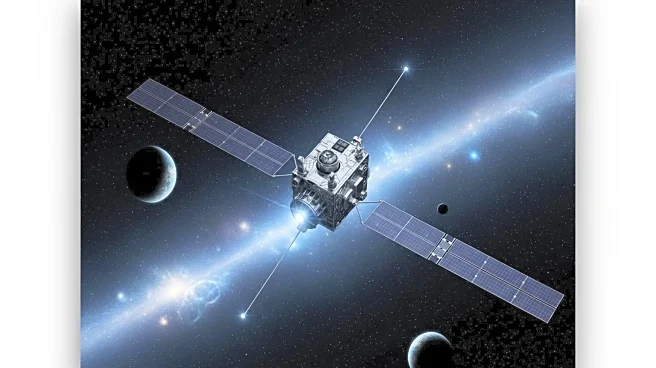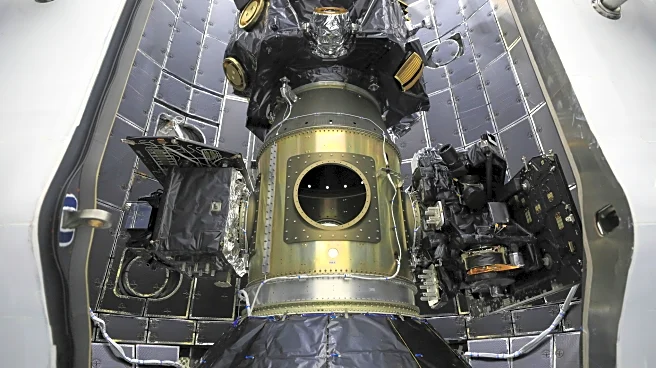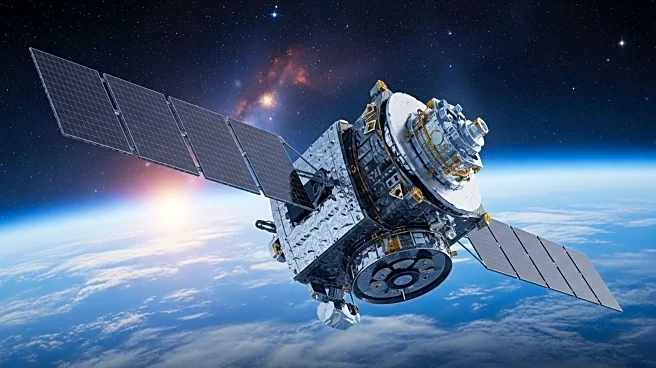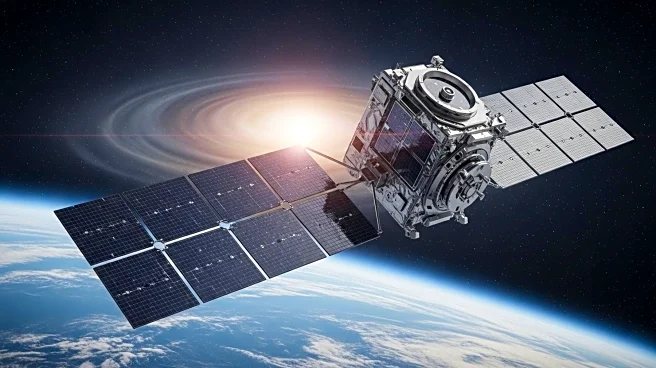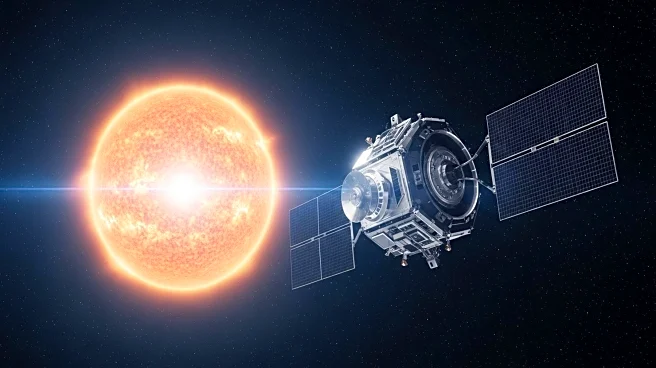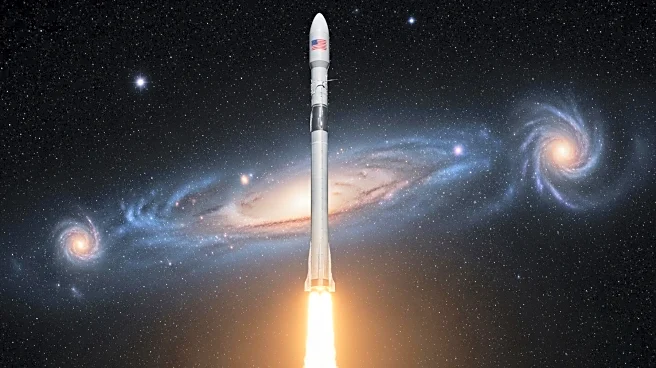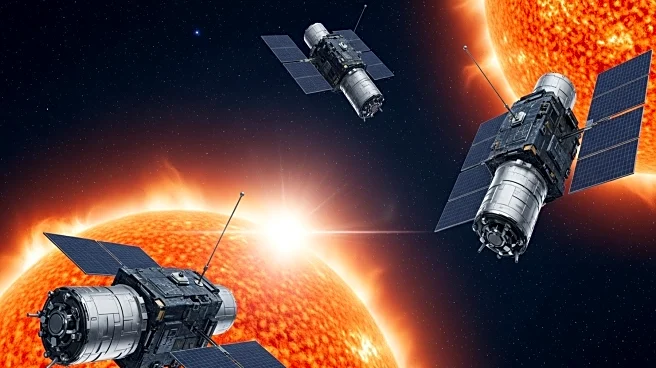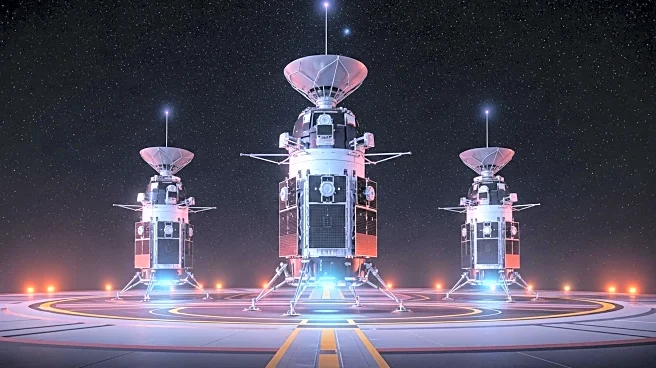What's Happening?
NASA's Carruthers Geocorona Observatory and NOAA's SWFO-L1 spacecraft are part of a launch aimed at studying Earth's exosphere and space weather. The Carruthers Geocorona Observatory will travel to Lagrange point 1 (L1) to capture the ultraviolet glow of the exosphere, providing insights into atmospheric changes and planetary habitability. NOAA's SWFO-L1 spacecraft will monitor space weather, offering real-time measurements of solar wind and coronal mass ejections. These missions will enhance preparedness for adverse space weather, protecting satellite communications, power grids, and astronauts.
Why It's Important?
The launch of these missions is crucial for understanding space weather and its impact on Earth. Space weather can disrupt communications and power grids, posing risks to infrastructure and economic interests. By providing real-time data, NOAA's SWFO-L1 spacecraft will enhance lead time for protective measures, safeguarding critical systems. The Carruthers Geocorona Observatory will contribute to understanding the long-term evolution of planetary habitability, offering insights into atmospheric changes and their impact on life conditions.
What's Next?
The missions are expected to provide continuous data to improve space weather forecasting models. The collaboration between NASA and NOAA will ensure the dissemination of data products to users, enhancing preparedness for space weather events. The observatories will play a crucial role in supporting future missions, including NASA's Artemis program, by providing vital alerts for solar activity.
Beyond the Headlines
The launch of these missions underscores the importance of international collaboration in space research. As space weather poses global risks, the shared responsibility of monitoring and mitigating its effects highlights the need for cooperative efforts. The observatories also reflect advancements in technology, offering more precise measurements and enhancing our ability to predict and respond to space weather threats.

